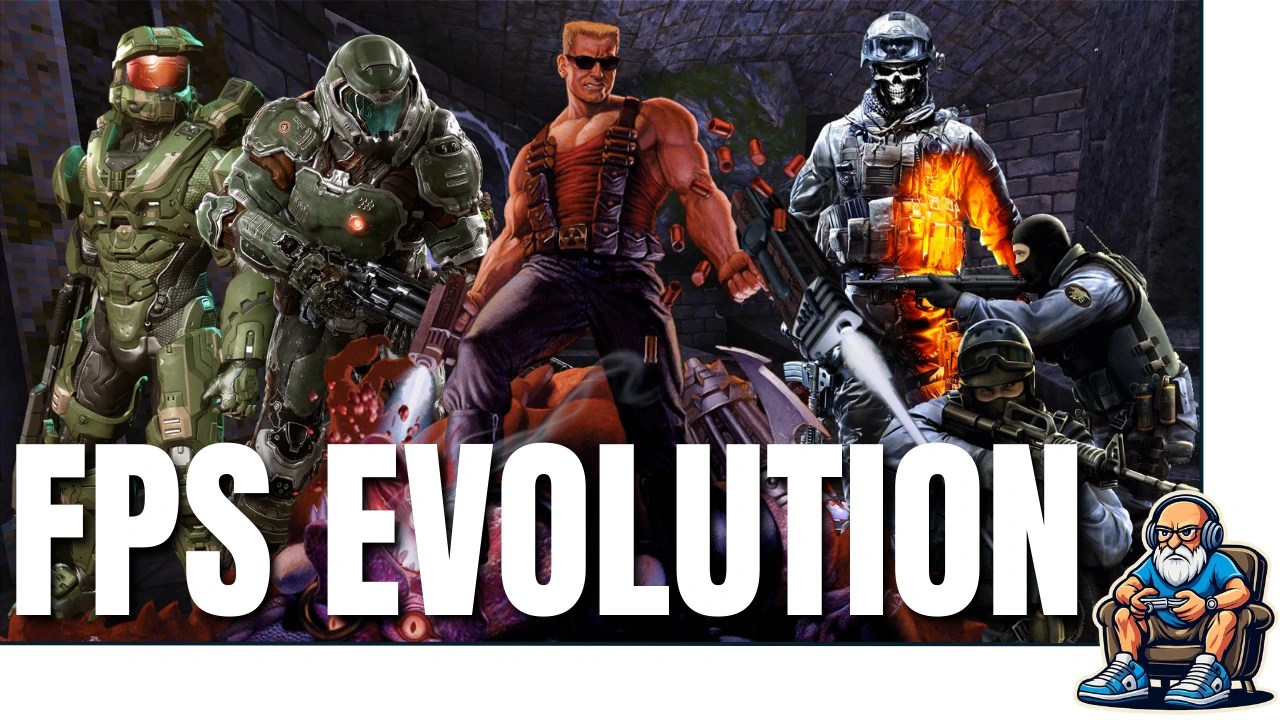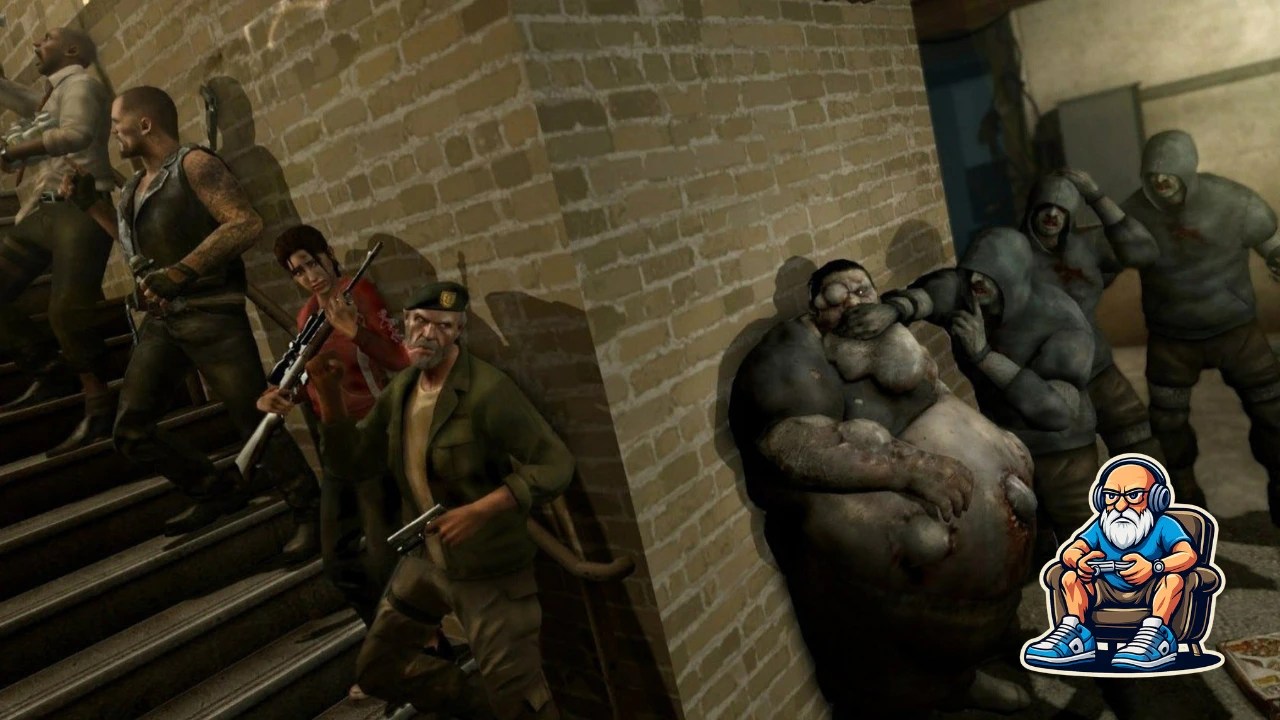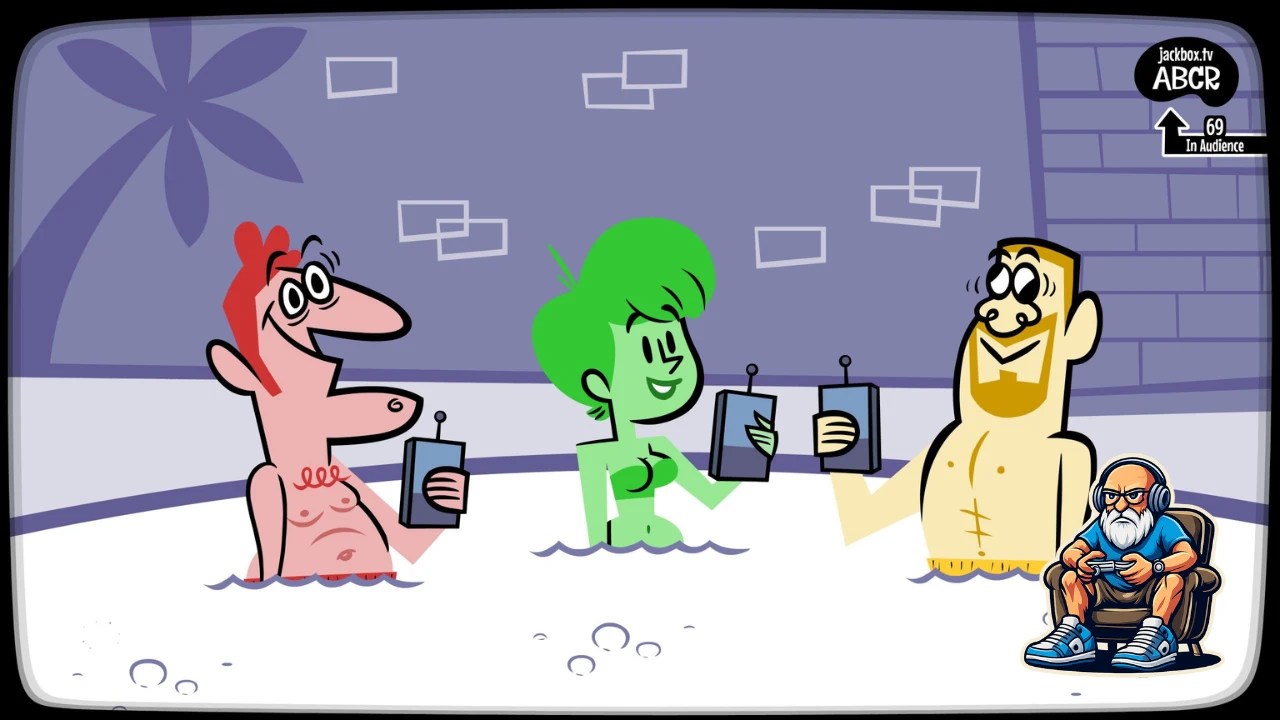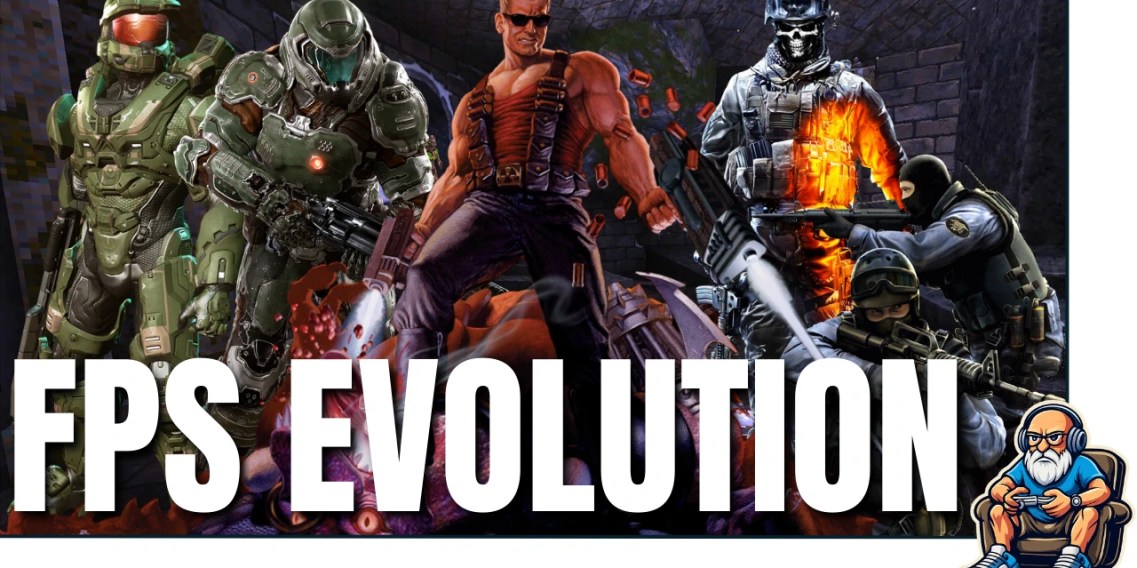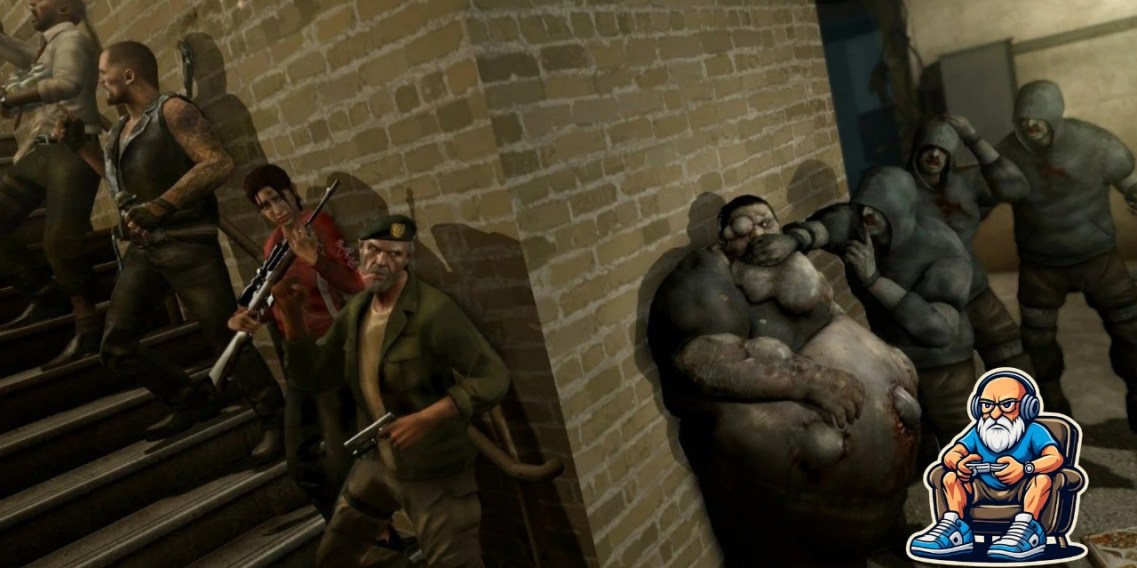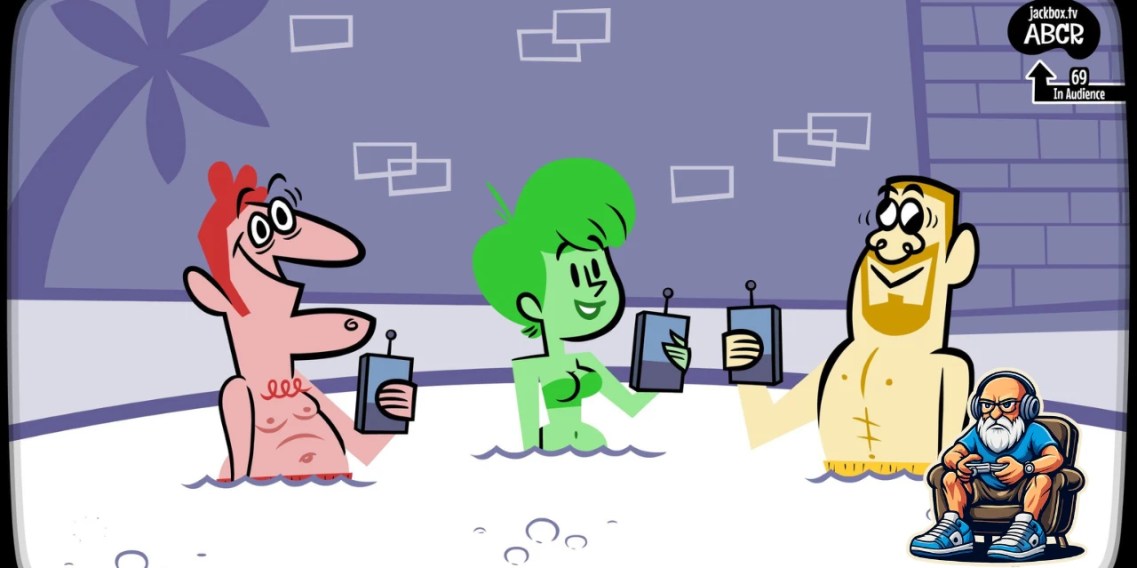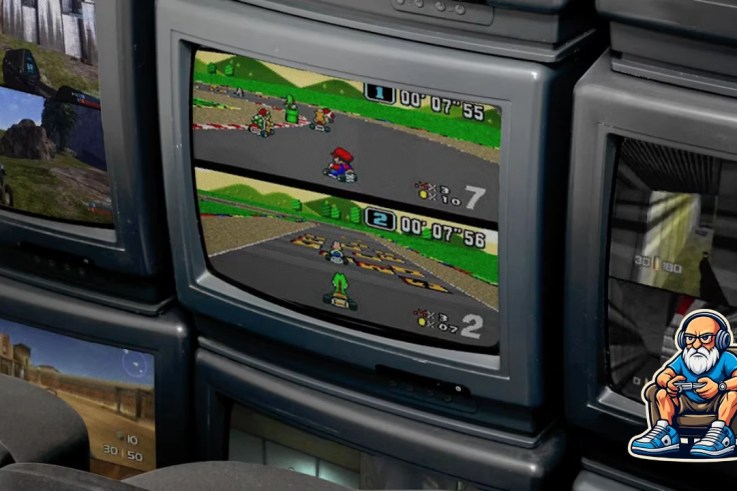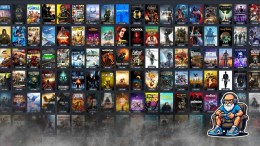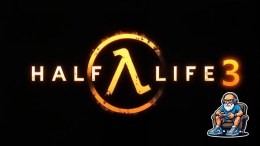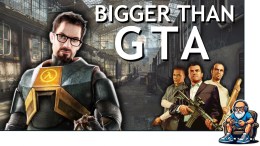Ian, Al, and Tim trace the evolution of first-person shooters from obscure 1970s research projects to today’s AAA behemoths, discovering that the genre’s golden age might have been the single-player story campaigns they all miss. https://gog.fm/listen This episode explores how FPS games evolved from NASA research projects to console exclusives, examining the technical innovations that shaped modern gaming. The discussion covers the divergence between hardcore PC gaming and casual console experiences, the rise of multiplayer...
Which shooters offer the best multiplayer experiences when you want to aim at things with friends instead of strangers who scream at you through voice chat? Shooters consume multiplayer gaming because they solve the fundamental problem of giving players clear objectives while maintaining constant tension. Point at enemies, pull trigger, avoid getting pointed at in return. The simplicity allows for complexity in execution, team coordination, and strategic depth without requiring extensive tutorials or complicated control...
Which games spark the best conversations, arguments, and shared victories when playing with friends in an era where everyone owns different consoles and lives in different time zones? Social gaming survived the death of split-screen, but it had to evolve. Modern friendship gaming isn’t about cramming four people around one television anymore. It’s about finding experiences that work across platforms, schedules, and skill levels while still creating those moments where everyone talks about the session...
What invisible rules governed multiplayer gaming when cheating meant looking at your friend’s quarter of the screen instead of typing slurs in anonymous chat? Split-screen gaming operated on trust systems that online lobbies never developed. When four people shared one television, social contracts emerged organically to keep sessions enjoyable for everyone involved. These weren’t written...
Did we trade community for convenience when we moved multiplayer gaming from cramped living rooms to seamless online lobbies? The ritual was sacred. Friday night meant hauling 50-pound CRT monitors across town, wrestling ethernet cables through doorways, and arguing over IP addresses while someone’s mom brought down pizza rolls. LAN parties demanded physical commitment. You...
How did gaming friendships survive the transition from shared pizza boxes and sleeping bag slumber parties to Discord servers and time-zone coordination? Gaming friendships once required physical proximity and careful logistical coordination. Friday night meant hauling equipment across town, pooling money for food, and committing to staying awake until sunrise because nobody wanted to be...
Al, Ian, and Tim reminisce about the logistical nightmares and social magic of pre-online gaming, discovering that lugging 60-pound CRT monitors upstairs built stronger friendships than any modern matchmaking system ever could. https://gog.fm/listen This episode explores the golden age of local multiplayer gaming, from split-screen GoldenEye tournaments to elaborate LAN party setups requiring multiple TVs...
What explains why Rockstar will spend $2 billion on Grand Theft Auto 6 while Valve won’t risk a penny on Half-Life 3? Business models explain everything. Rockstar must make games to survive. Valve profits more by not making games. This fundamental difference in revenue structure determines which companies create new content and which ones become...
Creative Assembly announced they’re going to announce something in December. Revolutionary stuff. Twenty-five years of Total War apparently warrants this theatrical build-up, complete with retrospective content and developer livestreams designed to make us feel nostalgic before they stomp on everything we actually care about. The announcement reads like corporate poetry written by someone who learned...
Why did removing the protagonist’s voice become one of gaming’s most influential design decisions? Gordon Freeman never speaks. He doesn’t crack jokes during firefights, deliver exposition during quiet moments, or respond to other characters’ dialogue. This absence of voice wasn’t a technical limitation or budget constraint but a deliberate design choice that revolutionized first-person storytelling and influenced game design for...
Does selling 185 million copies make Grand Theft Auto 5 more important than Half-Life 2’s 20 million, or are we confusing popularity with influence? McDonald’s serves billions of burgers annually. This doesn’t make their food culturally significant or influential to culinary arts. Sales figures measure market penetration, not lasting impact. The gaming industry falls into this same trap when equating...
Why do rational people own hundreds of games they’ll never touch, and what does this reveal about digital ownership psychology? Tim owns thousands of dollars worth of Steam games and has played maybe 150 of them. Ian’s library contains over 200 titles with perhaps 40 seeing meaningful playtime. Al hoards 600+ games but estimates he’s finished around 50. These aren’t...
Mike Booth created one of gaming’s most enduring cooperative experiences with Left 4 Dead. Fourteen years later, players still flock to his AI Director system while newer pretenders gather dust on digital shelves. Now Booth is back with an unnamed four-player cooperative shooter, known internally as Project Tacoma, that promises to expand on “the foundations of what made L4D special.”...
What if the most anticipated game in history will never exist because its predecessor was too successful? Valve makes $10.8 billion annually from Steam. That’s billion with a B, generated by taking a 30% cut from every PC game sale. When you understand this number, the absence of Half-Life 3 stops being a mystery and becomes inevitable corporate logic. Here’s...
Tim, Al, and Ian argue whether Half-Life 2’s influence trumps GTA 5’s sales numbers, discovering that Steam’s $10.8 billion annual revenue makes Half-Life 3 commercially pointless. https://gog.fm/listen This episode covers the Source engine’s lasting impact on every modern shooter, how Half-Life 2 created digital distribution monopolies, and why the gravity gun remains more satisfying than any GTA chaos simulator. The...
When was the last time you heard a teenager quote a movie line the way they quote video game dialogue? Movies are pricing themselves out of existence while games keep getting cheaper to make and more profitable to run. Avatar: The Way of Water cost $350-400 million to produce. For that same budget, you could fund ten AAA games at...
Think movie fans get angry about bad adaptations? Try explaining to a World of Warcraft guild leader why Uwe Boll’s movies exist. Gamers remember everything. They remember when Hollywood executives called video games “toys for children” while simultaneously trying to profit from them. They remember directors who bragged about never playing the games they were adapting. They remember every terrible...
Why did The Last of Us succeed where decades of video game movies failed? The answer is simple: television gives stories room to breathe. The Last of Us had nine episodes to develop Joel and Ellie’s relationship. A movie would have crammed their entire emotional arc into 90 minutes between action sequences. The HBO series took time for quiet character...
What happens when you take beloved game franchises and hand them to directors who think pixels are beneath them? The 1990s gave us the answer. Super Mario Bros. turned the colourful Mushroom Kingdom into a dystopian wasteland where Dennis Hopper chewed scenery as King Koopa. Street Fighter cast Jean-Claude Van Damme as an American colonel named Guile, complete with his...
Why does Hollywood still act like it runs entertainment when the numbers prove otherwise? Hollywood likes to pretend it’s still the main event. The red carpets, the awards, the critics pretending their opinions matter. Meanwhile, the numbers tell a different story. In 2023, games made $184 billion. Movies made $42 billion. Four times as much. It’s not even a contest....
Al, Ian, and Tim dive into the $184 billion gaming industry versus Hollywood’s measly $42 billion box office, discovering that respect for source material apparently took 30 years to figure out. This episode covers why early 90s game adaptations were universally terrible, whether TV shows work better than movies for adaptations, and Tim’s inexplicable excitement for Battlefield 6 despite it...

